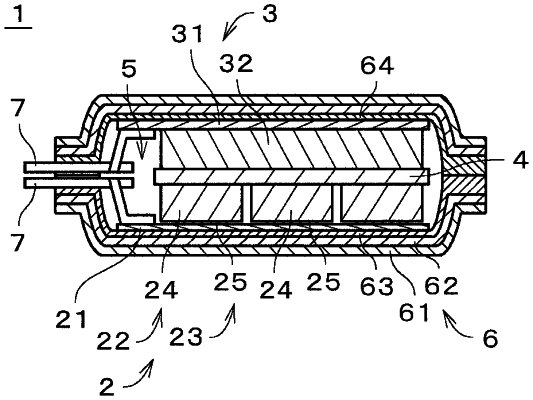| CPC H01M 4/667 (2013.01) [H01M 4/664 (2013.01); H01M 10/0525 (2013.01); H01M 10/0585 (2013.01); H01M 50/105 (2021.01); H01M 50/136 (2021.01); H01M 2004/028 (2013.01); H01M 50/119 (2021.01); H01M 50/121 (2021.01); H01M 50/124 (2021.01)] | 8 Claims |

|
1. A thin lithium secondary battery comprising:
a positive electrode;
a negative electrode; and
an electrolyte existing between said positive electrode and said negative electrode,
wherein at least one of said positive electrode and said negative electrode includes:
a sheet-like current collector having conductivity; and
an active material plate that is a plate-like ceramic sintered compact joined to said current collector via a conductive joint layer,
said active material plate includes at least one active material plate element joined to said current collector, and
a main surface of each active material plate element that opposes said current collector includes:
a joint region in which said conductive joint layer exists directly in contact with a portion between said current collector and the active material plate element; and
a non-joint region that is arranged around said joint region and in which said conductive joint layer does not exist directly in contact with a portion between said current collector and the active material plate element, and
wherein said non-joint region has an area that is 64% or more and 570% or less of an area of said joint region.
|